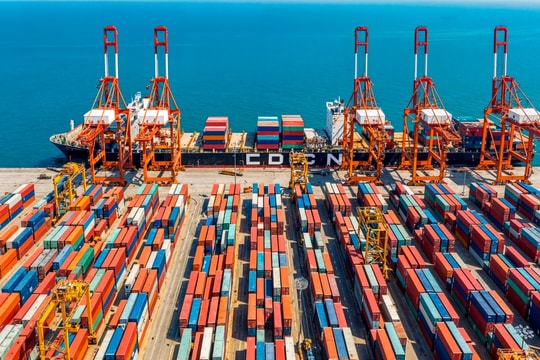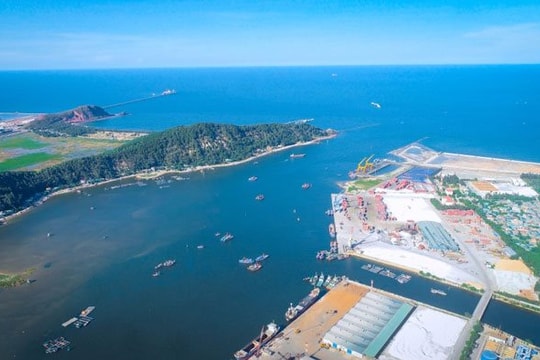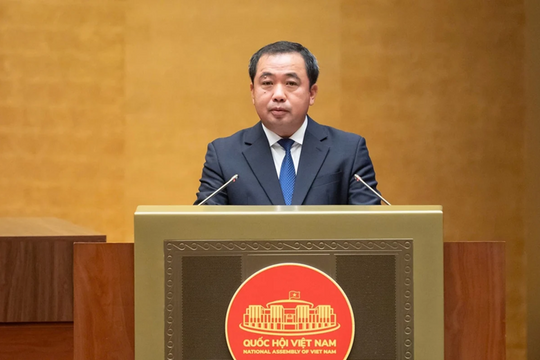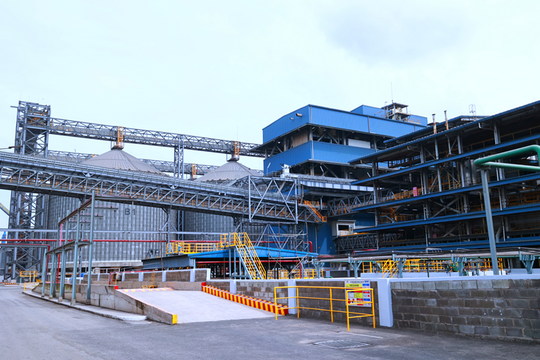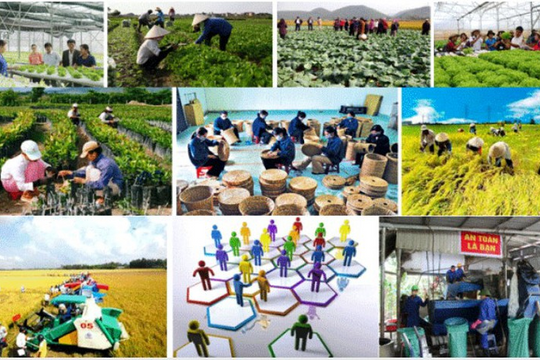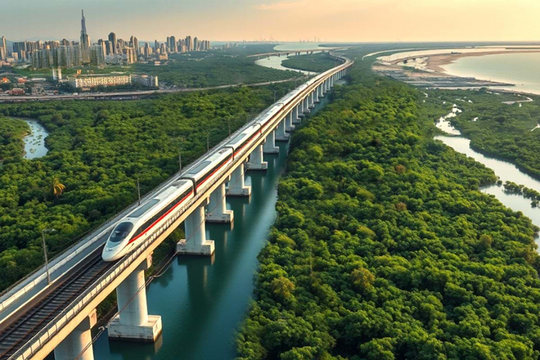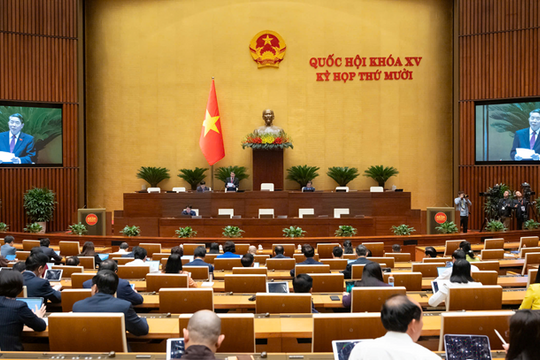.jpg)
.jpg)
.jpg)
.jpg)
Binh Duong currently has 15 logistics centers built and operated according to modern standards. These centers provide a wide range of services, including warehousing, transportation, cargo handling, customs clearance, and container transshipment.
The province's logistics system has reached the levels of Third-Party Logistics (3PL) and Fourth-Party Logistics (4PL). This means that logistics companies in Binh Duong do not just offer traditional transport services but also integrate supply chain optimization solutions, goods management, and technology-driven operations. Major industry players such as Tan Cang Song Than, ICD Binh Duong, Prologis Vietnam, and Mapletree Logistics have made significant infrastructure investments, enhancing the province’s competitiveness.
Beyond serving businesses within the province, Binh Duong’s logistics centers also function as regional distribution hubs for the entire Southeastern region and the nation. With modern warehousing systems, export-import businesses can reduce storage costs, optimize transportation time, and improve operational efficiency.
.jpg)
.jpg)
For logistics to thrive, a strong transport system is essential. Binh Duong has heavily invested in road, rail, and waterway infrastructure to connect its logistics centers with seaports, airports, and international border gates.
Road Transport – The Lifeline of Logistics
.jpg)
.jpg)
However, due to rapid urbanization, some key roads are experiencing congestion. To address this, the province is actively expanding and upgrading critical roadways and implementing expressway projects to ease the burden on existing traffic networks.
Rail Transport – A New Direction for Logistics
Currently, Binh Duong has a section of the North-South Railway, but its potential for logistics has not been fully utilized. To take advantage of this infrastructure, the province is studying the expansion of Song Than Station and An Binh Station into international intermodal transport hubs, directly connecting to major seaports and key industrial regions in Central and Northern Vietnam.
Waterway Transport – Untapped Potential
Binh Duong has a strategic advantage with its waterway network on the Saigon River and Dong Nai River. At present, the province has five operational inland waterway ports and nine additional ports in the planning stage. However, container transport by waterways has not yet been fully developed, as most cargo consists of bulk materials such as construction supplies and agricultural products.
Recent improvements, such as raising the clearance of Binh Loi Bridge and removing underwater rock formations in the Dong Nai River, have allowed larger vessels to navigate through, reducing reliance on road transport. Moving forward, Binh Duong aims to fully leverage its river ports to improve cargo efficiency and lower logistics costs.
.jpg)
.jpg)
Recognizing the critical role of logistics in economic development, Binh Duong has launched various policies to attract investment in this sector.
Investment Incentives
The province offers attractive incentives for businesses investing in logistics centers, including tax benefits, land allocation, and streamlined administrative procedures. Industrial parks such as VSIP, Bau Bang, and Tan Uyen are being planned to accommodate modern logistics facilities that meet the growing demand of businesses.
Digital Transformation in Logistics
Binh Duong is actively encouraging businesses to adopt technology-driven supply chain management. Platforms such as e-Logistics, blockchain, artificial intelligence (AI), and the Internet of Things (IoT) are being integrated to optimize operations.
.jpg)
.jpg)
Developing a Skilled Logistics Workforce
A well-trained workforce is key to sustainable logistics development. Binh Duong has partnered with universities and research institutes to provide specialized training in logistics and supply chain management. Training programs focus on technology applications, digital skills, and foreign language proficiency to prepare a competitive workforce for the industry.
CONCLUSION
With a well-defined development strategy, Binh Duong is positioning itself not only as Vietnam’s leading logistics hub but also as a regional powerhouse in Southeast Asia. Strategic investments in infrastructure, transport connectivity, and digital transformation will enhance the province’s competitiveness and attract major businesses.
In the coming years, if Binh Duong maximizes its existing potential and effectively addresses transportation congestion, the logistics sector could become one of the province’s key economic drivers, significantly contributing to regional and national economic growth.


.jpg)
.jpg)
.jpg)
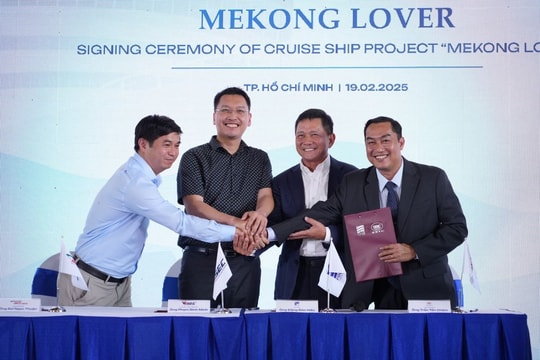
.jpg)
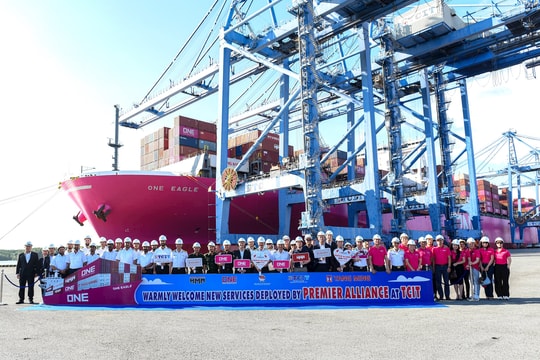
.jpg)



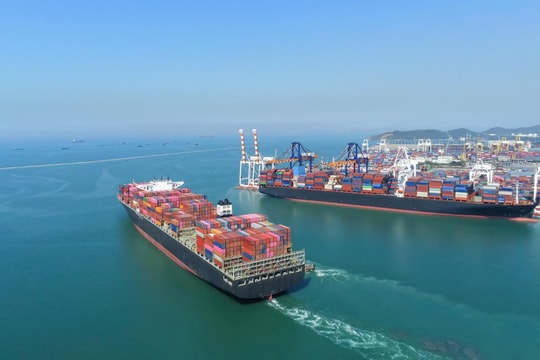

.png)


